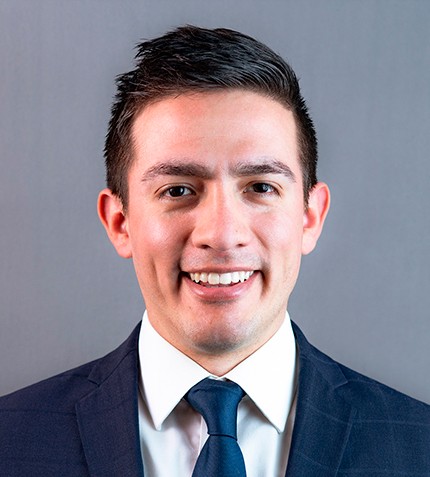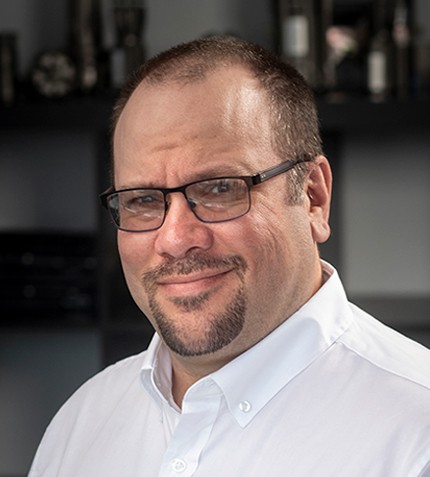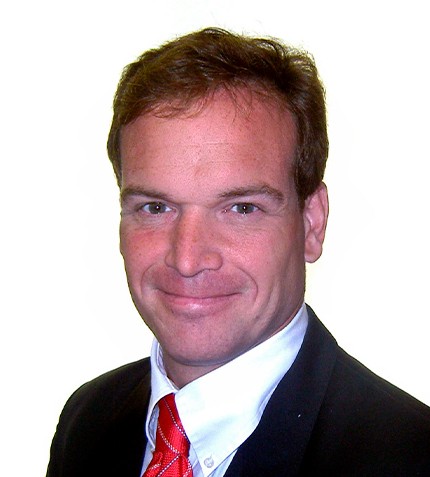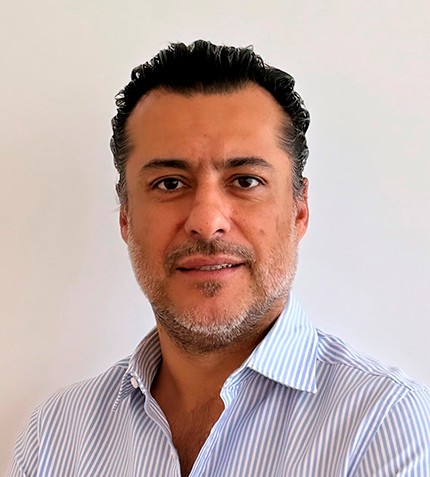
"As the most prominent lithium-focused royalty company, LRC has established itself as the go-to name in this sector, garnering substantial brand recognition."
Ernie Ortiz
PRESIDENT AND CEO, LITHIUM ROYALTY CORP.
Can you introduce Lithium Royalty Corp. to our audience?
Lithium Royalty Corp. (LRC) was started in 2018 as a private vehicle with the sponsorship of Waratah Capital Advisors, an investment manager headquartered in Toronto. We had the thesis that lithium has an extremely low risk of obsolescence and was only going to continue to grow as a function of electric vehicle (EV) sales and battery chemistry. The lithium sector’s main growth driver would be the electrification of transportation, which is a once-in-a-hundred-year change event. At the same time, many promising lithium companies were issuing equity capital in a dilutive way, and we felt that a royalty model would be an opportune and symbiotic form of financing in this growing sector. Today, we have 34 royalties, including four in Ontario. We see a robust pipeline for additional deals, and we aim to participate in the projected US$50 billion of investments in lithium expected through 2030.
Can you give an overview of recent developments at LRC over the past year?
LRC went public via an IPO on the TSX in March 2023, raising C$150 million. Since then, we have acquired six new royalties, including a 2% gross overriding royalty (GOR) from Power Metals on their Case Lake project in Ontario, where they are finding great lithium intercepts close to the surface and could have a mineral resource in 2024.
While LRC has seen substantial growth on the acquisition side, the company has also been organically developing as a result of the ongoing natural de-risking process in our portfolio. We are excited to have two new maiden mineral resource announcements within our portfolio in 2023; one from Grid Metals Corp on their Donner Lake project in Manitoba, and the other from Green Technology Metals on their Root Bay deposit in Ontario.
What differentiates LRC from its competitors?
The lithium sector is growing by 25-30% per year for the foreseeable future, or 10x GDP. This remarkable growth sets it apart within the commodities sector. Another key differentiator is our long-life assets; we are interested in assets that have a pathway to greater than 20 years either at the time of investment or visibility to 20 years or more. As the most prominent lithium-focused royalty company, LRC has established itself as the go-to name in this sector, garnering substantial brand recognition.
Why should mining companies consider the royalty model rather than other forms of financing?
A key selling point of the royalty model is its non-dilutive nature. Valuations across the commodity landscape are fairly depressed, and this valuation mismatch presents a good opportunity for royalty investments as the issuer can then preserve their equity capital and prevent any equity dilution. Royalties are also a passive financial investment, which allows operators additional flexibility. By nature, royalty companies are long-term investors, and once there is a deal made, both parties can be productive and positive counterparties for the benefit of both the issuer and the royalty owner.
What ESG criteria does LRC consider when making investments?
We are an early signatory to the United Nations Principles for Responsible Investment. LRC looks for high-grade, low-cost assets that by nature allow less waste into the environment. We also look for lower-emission mines and a big hallmark of our investments is that many of our projects use hydropower, especially the ones in Québec, Brazil and Ontario. Equally important is the use of dry stack tailings as opposed to tailings dams, as this allows for lower usage of water. For hard rock mines, we prefer dense media separation (DMS) type processing, which uses fewer reagents and chemicals.
How do LRC’s Ontario assets fit into the company’s wider portfolio?
LRC has four royalties in Ontario of which three are with Green Technology Metals and one with Power Metals. We have a 1% royalty on Green Technology Metals’ Seymour project which is expected to go into production in 2025. This project is on track to be the first lithium and spodumene-producing mine in Ontario.
We are seeing significant downstream investment in Ontario which will naturally require local raw materials. Ontario enjoys a significant geological advantage, along with promising downstream investments. This combination presents a compelling formula for sustained growth.










